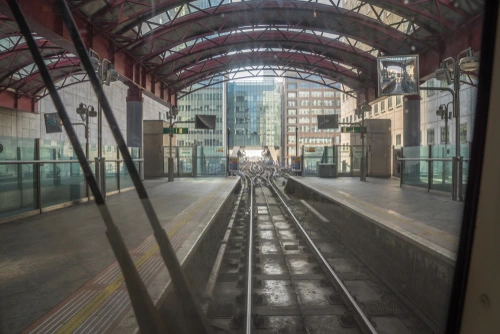
So you remember how we pointed out how literally everyone in London googles “driverless trains” during tube strikes? Because they’re convinced that the only possible explanation for tube stoppages is greedy overpaid drivers demanding yet more money for sitting on their backsides all day? So they all assume that we can just scrap the drivers and then, suddenly, magically, we’ll have no tube strikes?

The Docklands Light Railway, which serves a large swathe of east London, and which has been driverless as standard since it first opened in 1987, will also close during the upcoming tube strike on Wednesday 15 March.
Because its staff are on strike.
Finn Brennan, from Aslef, said: “We understand that TfL faces financial challenges, post-pandemic, but our members are simply not prepared to pay the price for the government’s failure to properly fund London’s public transport system.”
So how is this possible on a network that doesn’t even have drivers? Well, just because it doesn’t have drivers, that doesn’t mean it doesn’t have staff. The DLR still employs conductors on trains, and station attendants at underground stations, to keep an eye on things. It can’t not. What would happen if someone was taken ill on a train? Or fell under one? Someone has to be on hand to respond in the event of emergencies.
A driverless tube network may be a good thing, for all sorts of reasons. And it’s almost certainly going to happen at some point.
But what it won’t do is magically bring an end to bouts of disruption brought about by industrial action. Even the most automated of transit networks will not make human staff entirely redundant.
[Read more: How will train strikes affect London’s tube and overground?]






